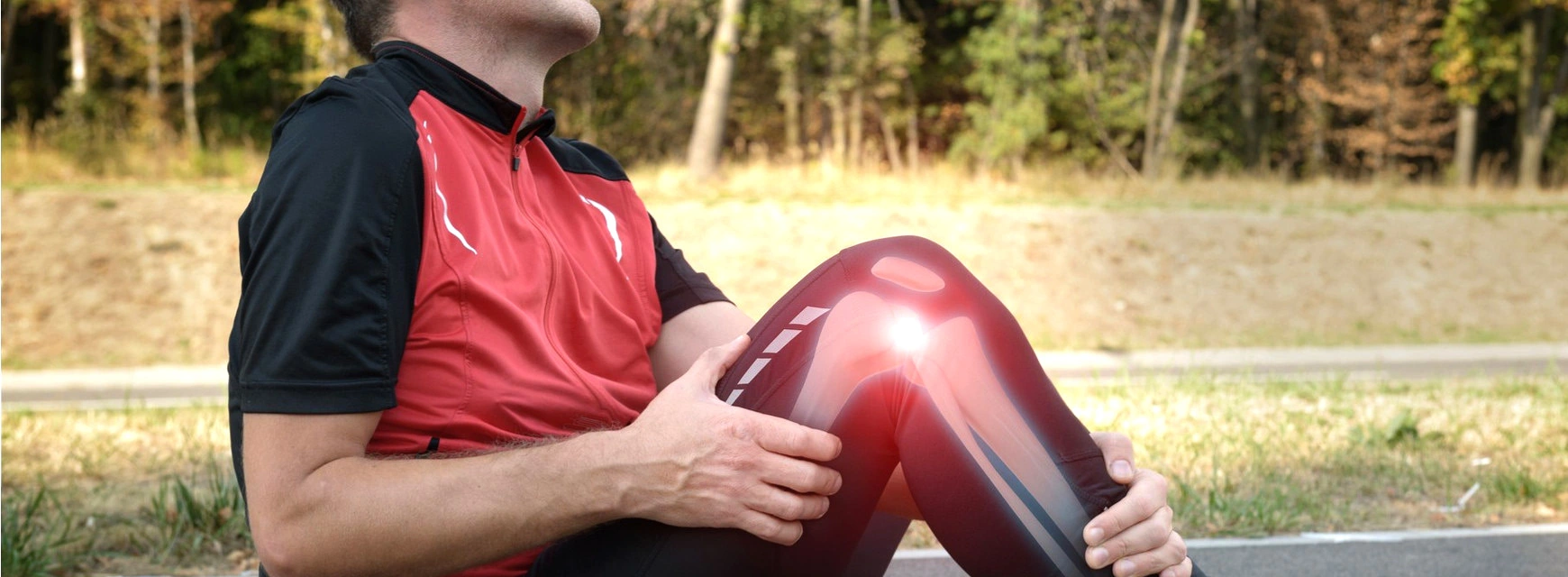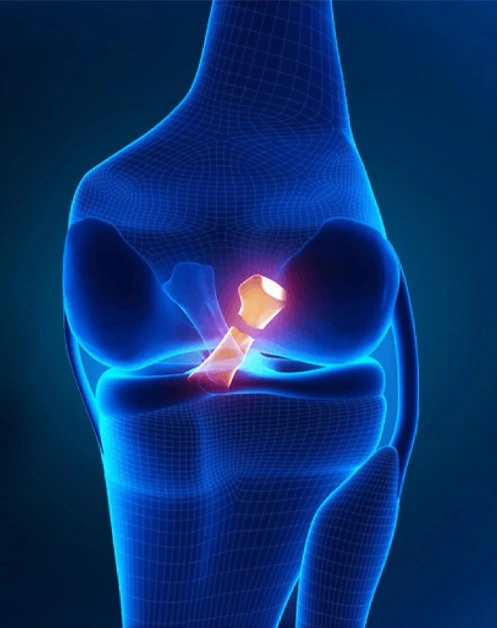
PCL (Posterior Cruciate Ligament) treatment surgery cost Indore
Posterior cruciate ligament (PCL) is utterly similar to the anterior cruciate ligament (ACL) as it also connects the thigh bone to the shin bone, though it is larger and much stronger than the ACL so it can be torn. The PCL tears creates up less than 20% of the injuries to the knee ligaments and some of the injuries that tear the PCL generally damages some other ligaments or cartilages in the knee as well. In some of the cases, ligaments break loose a piece of underlying bone.
Mostly, people do hear a “popping” sensation in the knee after a PCL injury which is very common with an injury to the ACL. Generally, after a PCL injury people think that they have a minor knee problem only and they may try to go on with their immense daily activities. However, some of the symptoms of this may include:
- Swelling (mild to severe)
- Knee pain
- Wobbly sensation in the knee
- Trouble walking or bearing weight on the knee
With the passage of time, a PCL tear can also lead to osteoarthritis in the knee.
Posterior cruciate ligament injuries are caused mainly due to a blow to the knee while it is a bent. Some of the common cause of a PCL injuries may include as follows:
- Striking the knee against the dashboard during an auto accident
- Falling on the knee while it’s bent
Basically, the most common cause of a PCL injury is sports and these PCL injuries are mostly occurred in the following sports activities:
- Football
- Soccer
- Baseball
- Skiing
Sometimes, a PCL injury can cause mild to severe damage so therefore doctors do classify PCL injuries in some sort of groups which are mentioned as under:
- Grade I: The PCL has a partial tear.
- Grade II: The ligament is partially torn and is looser than in Grade I.
- Grade III: The ligament is completely torn and the knee becomes unstable.
- Grade IV: The PCL is damaged along with another ligament in the knee.
Generally, PCL problems can either be acute or chronic. The Acute PCL problems arises mainly due to a sudden injury while the Chronic PCL problems may involve an injury that develops over time.
Some of the common risks factors associated with a PCL injury are when being in a motor vehicles accident or may be participating in some type of sports such as soccer and football.
The rehabilitation goals of posterior cruciate ligament generally includes of:
- The protection and preservation of the post- surgical knee,
- The restoration of normal knee extension,
- Elimination or eradication of effusion which is also known as swelling,
- The restoration of leg control,
- Good control and no pain with functional movements including step up and step down, squats and lunge,
- Good control and no pain with light agility and low-impact multi-plane drills

